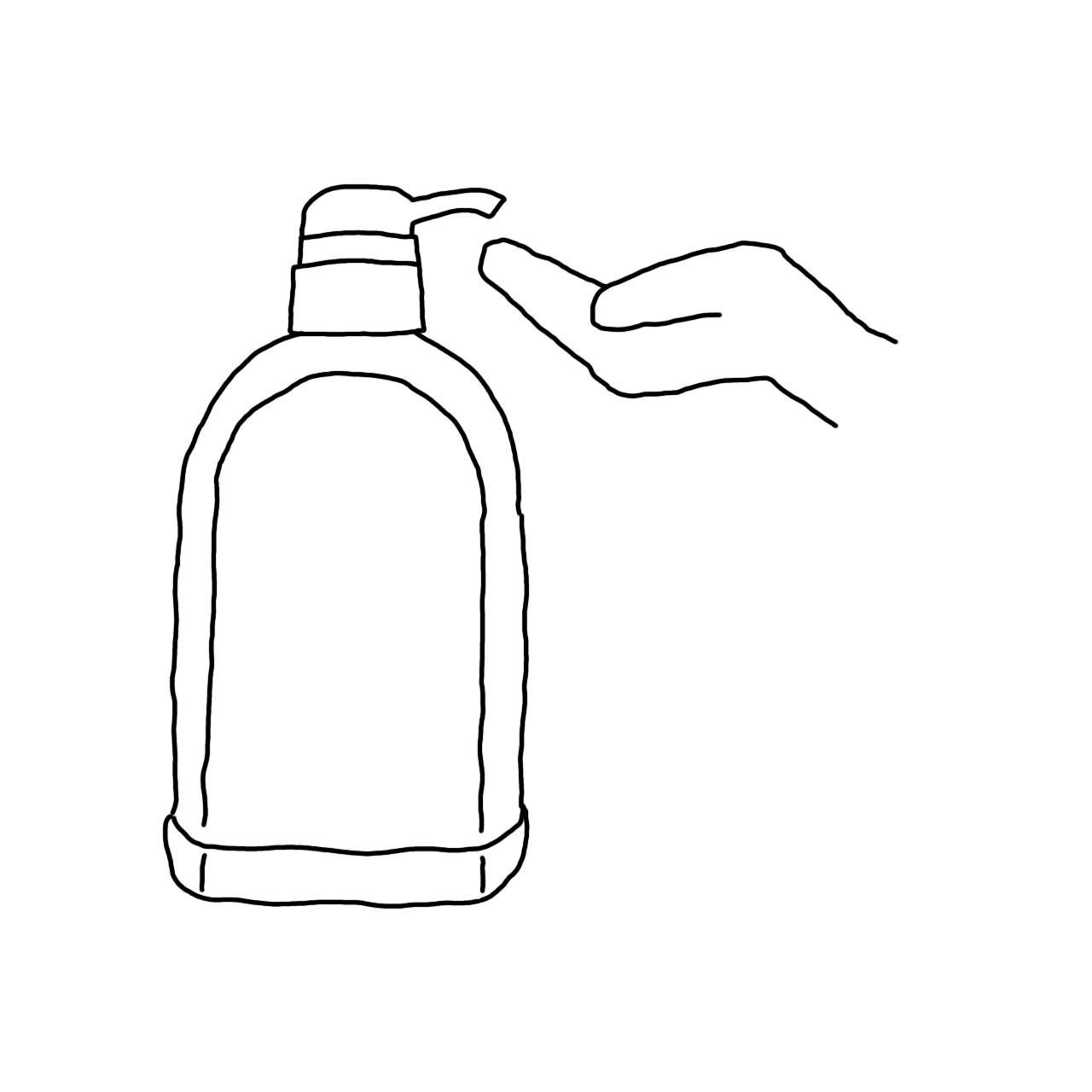
Check Yo’self
We are a purpose driven brand wanting to not just see the change, but be the change. Having experienced breast cancer ourselves, we’re aware our current healthcare education and awareness for the younger generations needs a shakeup!!
Breast Cancer can affect everyone and unless you know your risks, you can’t protect yourself. Breast Cancer can affect ANYONE. Gender, ethnicity, fitness level and even age will not keep you immune. This disease does not discriminate. We’re here to serve you up the life saving info you need.
Assess your Risk
If you’re a woman, your chance of developing Breast Cancer increases with age. Approximately 70-75% of breast cancers are diagnosed in women 50 years and older.
Although it is less common in women under 40, women in their 20’s and 30’s can get it too (approximately 6% of cases are in this age group).
Our founder Tamara was just 33 when she was diagnosed.
So it’s super important to develop those solid self check habits now so you’re habitually doing it regularly as you get older and your risk increases.
Men.. although it is far more uncommon, you’re not immune either! Around 25-30 men in New Zealand are diagnosed each year, so get checking too!
Age associated risk
20’s - 1 in 1314
30’s -1 in 204
40’s - 1 in 50
50’s - 1 in 37
60’s - 1 in 29
70’s - 1 in 36

Self Check Guide
Don’t be shy.
Get nude.
Slippery soap makes it easier for the hands to glide across your skin
Lather up a coin sized portion
One side at a time, raise your arm and use the opposite hand to thoroughly feel your whole breast area
Don’t forget your armpits, feeling around for any enlarged lymph nodes
Breast tissue spreads right up under your collarbone so make sure you travel north
Equally important to know how things normally LOOK
And how they move, don’t forget to check the underside too
Anything veered off your normal??
It’s important to get any breast changes checked by your GP or Breastcare team.
Not all changes are cancer related but knowledge is power and if things are abnormal early diagnosis gives you the best chance to clear it up and be back to full health quickly.
Self Check in full
Here’s how we do it
There are multiple ways you can do your self checks. From personal experience, our Founder Tamara has found the easiest and most practical place to get the job done is while you’re already naked in the shower.
Soaped up with some slippery soap that makes it easier for hands to glide across the skin and massage the tissue more easily without friction. (This is where our body wash with purpose can come in handy).
Lather up
Lather up a coin sized portion. Starting with one breast at a time, raise one arm above your head and then using the opposite hand start checking the first side.
Breast tissue is fragile ,so treat them like you’re checking your nectarines for ripeness, any aggressive squeezes will squash and bruise your precious fruit!
You want to start off gently and then slowly increase the firmness of your pressure to what feels comfortable for you.
Using the pads of your fingers either run them in towards the nipple and then back out again, or you can do circular motions.
The important thing is to make sure you’re checking the whole breast area. This includes right up underneath your collarbone and definitely don’t forget to check under your armpits!
Don’t play favourites. Repeat on the other side.
Next steps
Once you’re fresh, clean and dried off, stand in front of the mirror for the next important step. Looking for any visual changes is of equal importance. Some Breast Cancers are detected by visual signs, such as change in colour or the skins texture, new swelling or shape change, nipple changes or discharge. So, standing in front of the mirror it’s important to get used to how they look.
Next, raise your arms up. This lifts the breasts slightly and makes it easier to see the underside, but also how they usually move together. If you have larger, heavier breasts it’s a good idea to lift them and look at the underside in the mirror. It’s harder to catch these parts. But, it’s just as important to know what they look like, as well as how they usually feel.
If you have larger breasts, you may find it easier to do your self check while you’re lying down. Then, gravity helps to flatten out the tissue and make it easier to feel the whole area more efficiently.
Know your normal
Knowing YOUR normal is the key thing here. Being really regular and consistent with your self checks means you are far more likely to be in tune with your body and know your normal. So when something has changed, you’ll notice and you’ll be far more likely to instinctively know when it needs checking.
Any changes to your normal should always be checked by your GP or Breastcare team. If you get the ‘all clear’ but things continue to change or you’re still feeling uneasy, get checked again or seek a second opinion, or third if needed.
Trust your instincts!














